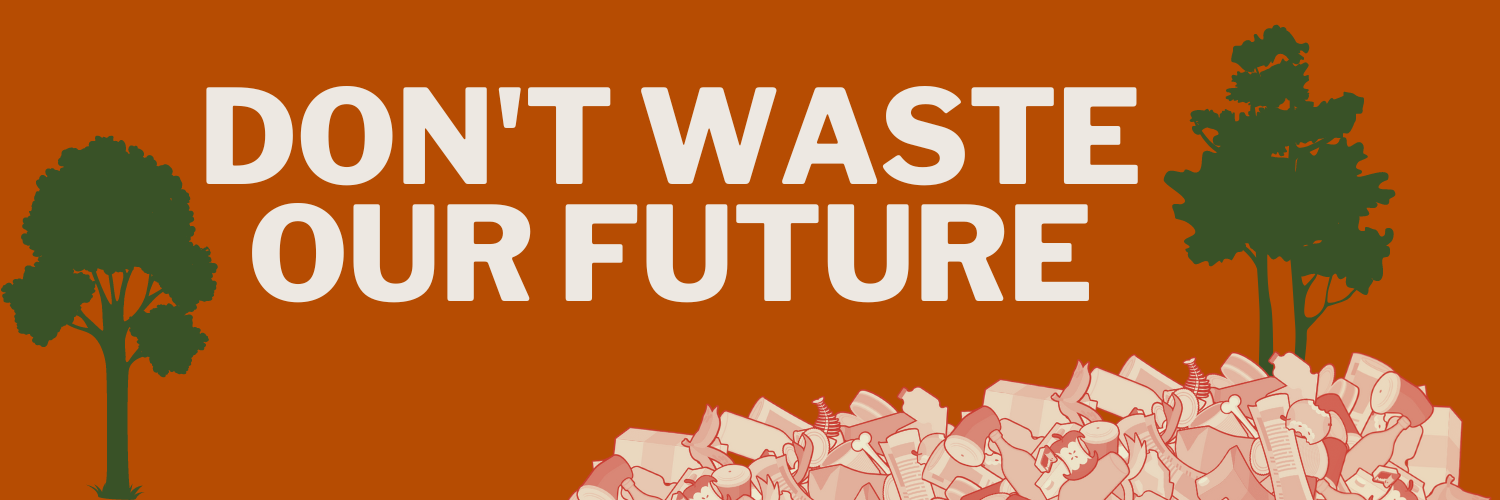As state weighs new standards, study reveals Colorado landfills as hidden driver of methane crisis
Landfills represent large source of industrial methane pollution in Colorado, emitting 20% more methane compared to coal mining in 2022 alone
DENVER — Colorado can alleviate health-harming ozone pollution and make a measurable dent in methane emissions by investing in state-of-the-art technology and raising the bar for the state’s landfills, according to a new report by Healthy Air & Water Colorado (HAWC) and Industrious Labs. This analysis comes as the Colorado Department of Health and the Environment is set to issue updated air emissions rules for landfills in 2025.
“Colorado has a unique opportunity to lead the nation on reducing methane emissions from landfills, which generate three-fourths of industrial methane emissions statewide,” said Katherine Blauvelt, Circular Economy Director at Industrious Labs. “We have the technology and know-how to measure, detect, and address major methane leaks at these facilities, but for too long, these facilities have been allowed to fly under the radar, exacerbating Colorado’s climate-warming and ozone pollution. It’s time to bring this industry out of the shadows and tackle methane emissions from landfills.”
The analysis, Mountainous Methane, identifies a series of strategies for Colorado to cost-effectively reduce methane emissions from landfills across the state. In 2022, Colorado residents added 2.6 million tons of new methane-producing waste to landfills. That same year, landfills emitted more than 6.2 million metric tons of methane, 20% more than the coal mining industry. Colorado can make a measurable dent in these emissions by measures such as requiring earlier installation and better management of gas collection and control systems, requiring landfills use modern technology to quickly and safely detect methane leaks, and increasing accountability to ensure landfill operators address these methane leaks shortly after detection.
“This report clearly outlines a path for Governor Polis and the Air Quality Control Commission to do right by Coloradoans regarding landfill emission protocols and standards,” said Guadalupe Solís, Director of Environmental Justice Programs at Cultivando. “In Commerce City lies one of the largest landfill sites in the state. This is alarming and unacceptable, considering that schools and childcare centers are within close proximity to this landfill. In addition to methane, we are extremely concerned about the presence of carcinogens like benzene and teratogens like toluene which are known to be harmful to human health. We call on Governor Polis and commission leaders to work with us to adopt strong and cutting-edge protections for community wellbeing and environmental health.”
Methane pollution from landfills can drive health-harming air pollution across Colorado’s Front Range. Methane plumes, which have been detected via aerial surveys over a handful of landfills in the Denver metro area, can emit volatile organic compounds (VOCs), a critical ingredient to health-harming ozone pollution or smog. Landfills can also emit a series of health-harming pollutants such as nitrogen oxides, sulfur dioxide, and toluene that undermine the health of nearby communities. Residents living within a mile of the Buffalo Ridge landfill in Keenesburg are in the 99th percentile for proximity to health-harming air pollution and 86th percentile for proximity to impaired streams and rivers.
“Four out of five residents in Colorado live in the Front Range, home to some of the unhealthiest levels of air pollution in the state.” said Jake Williams, member of the Healthy Air and Colorado Board of Directors. “The methane that seeps out of many landfills across this region compounds this air pollution and fuels our ground-level ozone crisis, threatening the health of our communities. Western slope communities are also impacted by many climate impacts fueled by methane pollution, like wildfire and drought. By adopting common-sense standards, the Polis administration can deliver cleaner air across Colorado, protect the health of residents who live in the shadow of these facilities, and ensure Colorado remains a leader in climate change mitigation.”
Smart, cost-effective deployment of methane monitoring technology can increase accountability while painting a clearer picture of the climate-warming impact of Colorado’s landfills. In August 2024, Colorado was awarded a $129 million grant from EPA to deploy state-of-the-art methane monitoring technology such as drones, satellites and more that would allow operators to safely monitor for methane emissions, including parts of landfills that are unsafe for people to traverse. This inability to safely and comprehensively monitor for methane emissions has major consequences for Colorado’s landfills. While aerial surveys have identified a number of methane plumes from landfills, including a plume over the North Weld Landfill that would meet EPA’s definition of a super emitter, landfill operators across the Front Range regularly exclude significant areas of their facilities from surface methane emissions monitoring in the name of safety.
“We’re thrilled that the Polis Administration has already recognized landfill methane as an urgent priority, and taken significant steps toward mitigating it,” concluded Blauvelt. “Now, we encourage state regulators to draft strong, comprehensive, and data-informed standards that position Colorado as a national leader on methane reduction.”
Read the factsheet (versión en español aquí)
